Diptera.info :: Identification queries :: Diptera (eggs, larvae, pupae)
|
Chaoborus obscuripes
|
|
| Philipp Wenzl |
Posted on 10-06-2015 10:50
|
|
Member Location: Vienna, Austria Posts: 8 Joined: 31.01.12 |
Hi! I have a few Chaoborus larva from a mountain region in Austria, and I am stuck between Ch.cristallinus and Ch.obscuripes. Here are some pictures of the relevant features, thank you in advance for your help! Philipp Philipp Wenzl attached the following image: 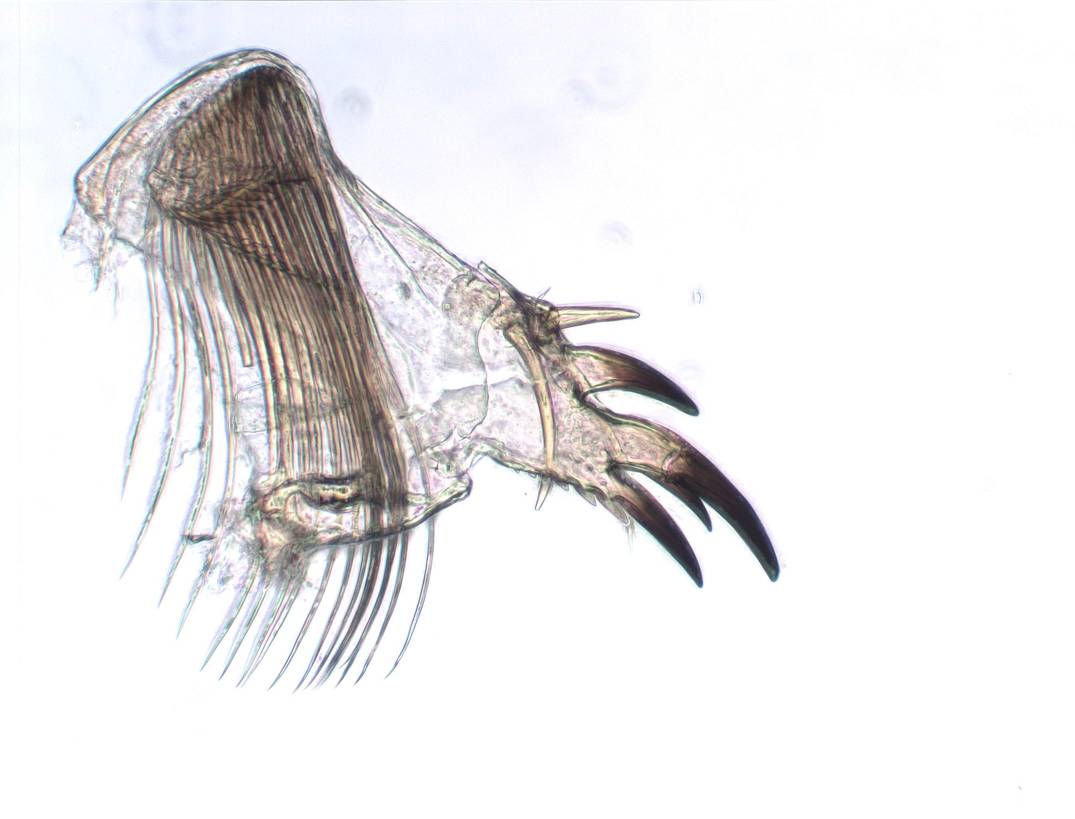 [59.52Kb] Edited by Philipp Wenzl on 11-06-2015 11:49 |
|
|
|
| Philipp Wenzl |
Posted on 10-06-2015 10:51
|
|
Member Location: Vienna, Austria Posts: 8 Joined: 31.01.12 |
Labral blade
Philipp Wenzl attached the following image: 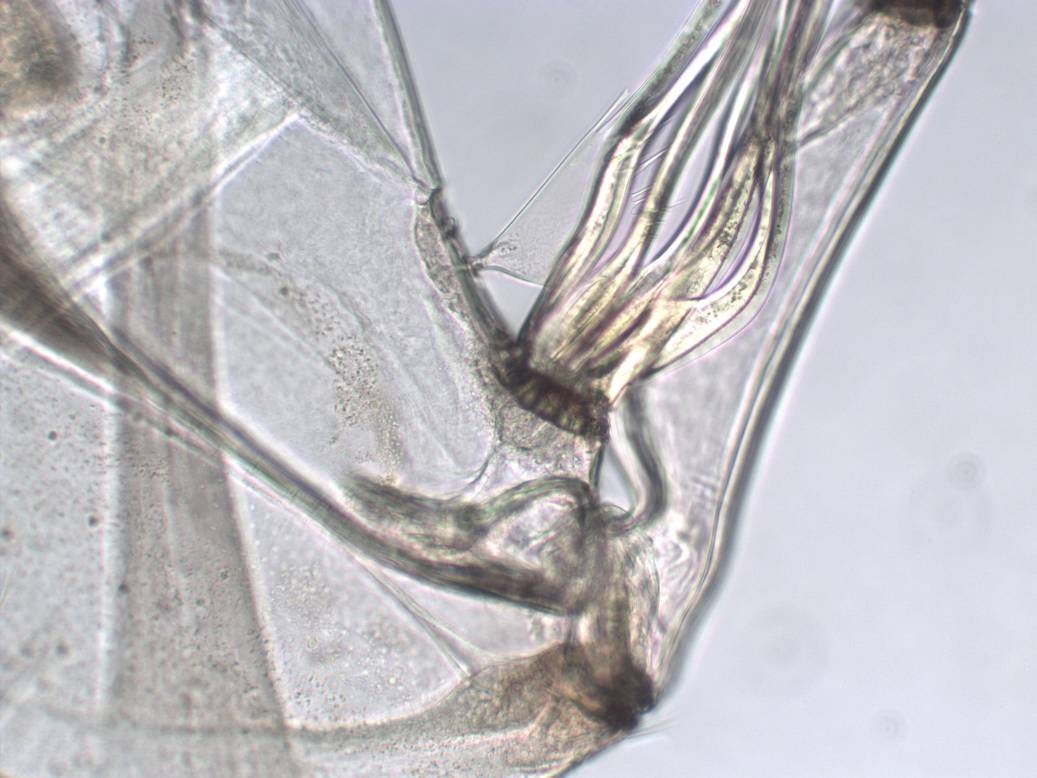 [82.19Kb] |
|
|
|
| Philipp Wenzl |
Posted on 10-06-2015 10:51
|
|
Member Location: Vienna, Austria Posts: 8 Joined: 31.01.12 |
Labral blade
Philipp Wenzl attached the following image: 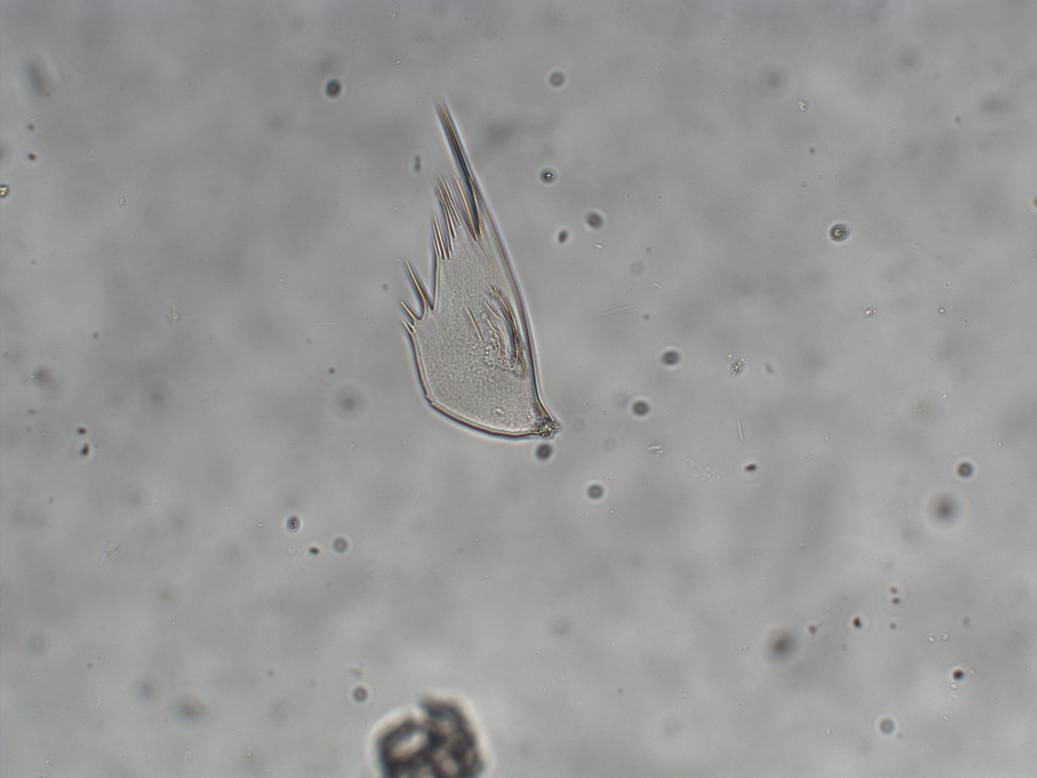 [28.46Kb] |
|
|
|
| Philipp Wenzl |
Posted on 10-06-2015 10:51
|
|
Member Location: Vienna, Austria Posts: 8 Joined: 31.01.12 |
Labral blade
Philipp Wenzl attached the following image: 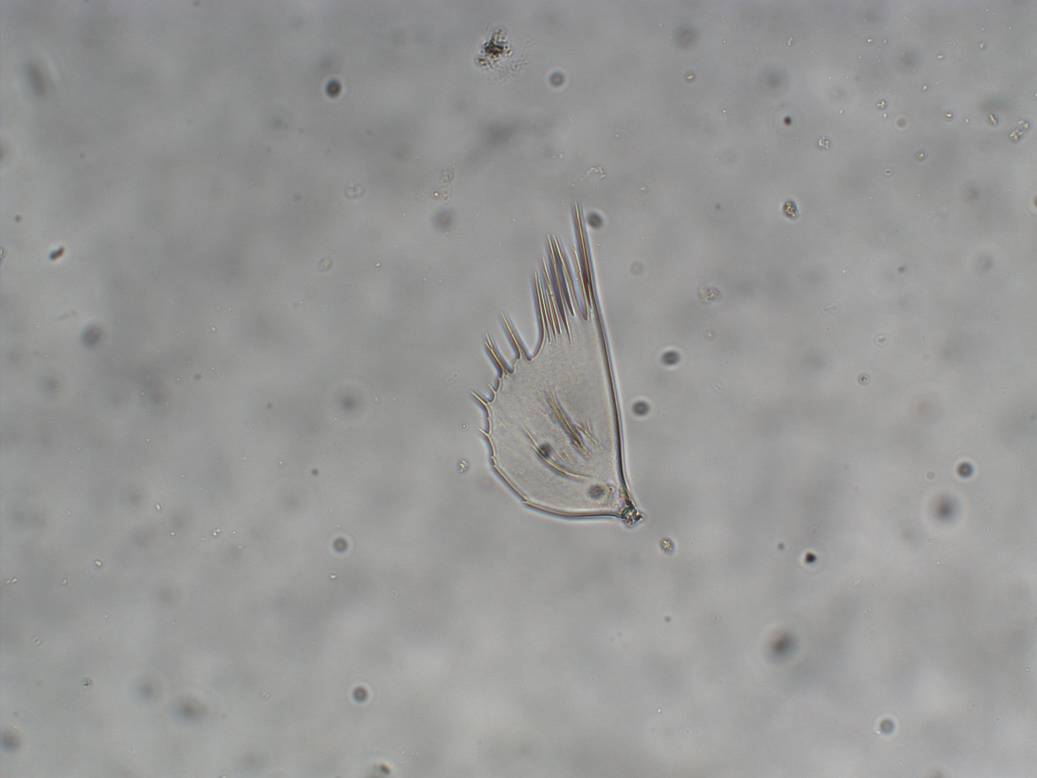 [27.26Kb] |
|
|
|
| Philipp Wenzl |
Posted on 10-06-2015 10:52
|
|
Member Location: Vienna, Austria Posts: 8 Joined: 31.01.12 |
And the rear end
Philipp Wenzl attached the following image:  [40.48Kb] |
|
|
|
| Philipp Wenzl |
Posted on 10-06-2015 11:01
|
|
Member Location: Vienna, Austria Posts: 8 Joined: 31.01.12 |
and the last.
Philipp Wenzl attached the following image: 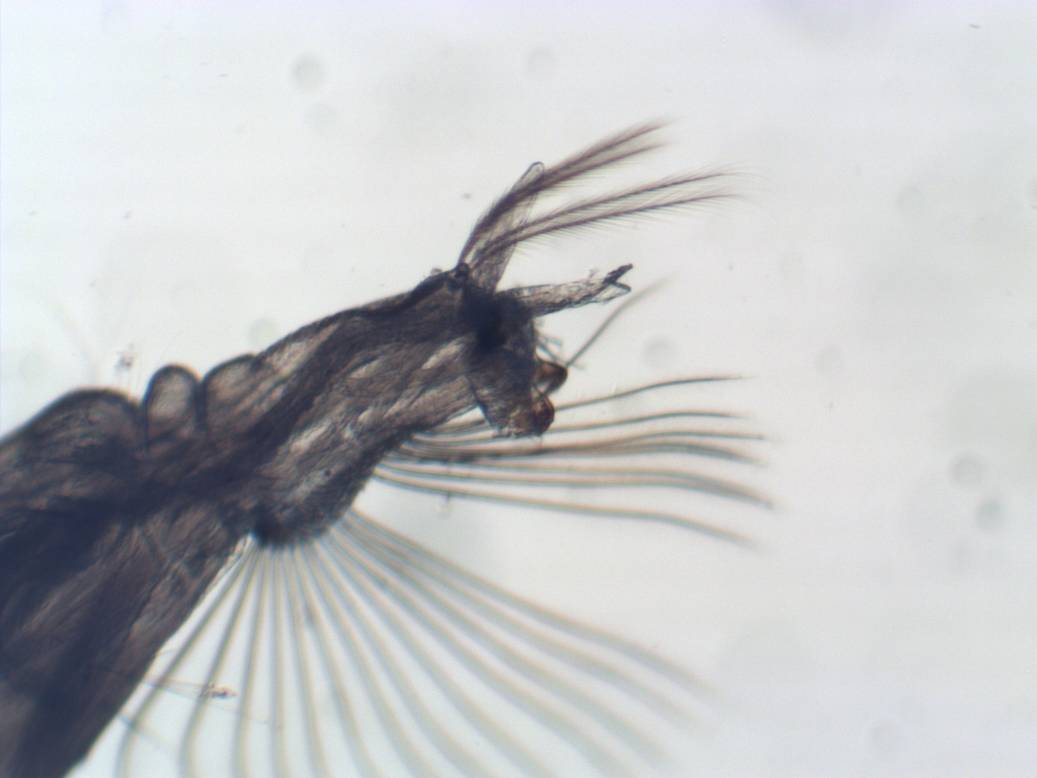 [37.95Kb] |
|
|
|
| atylotus |
Posted on 10-06-2015 13:26
|
|
Member Location: Amsterdam, NL Posts: 1172 Joined: 29.05.09 |
I think this would be obscuripes, just because te lateral blade has no long extension at the posterior edge: see http://diptera.in...d_id=26703
Edited by atylotus on 10-06-2015 13:27 |
|
|
|
| Philipp Wenzl |
Posted on 10-06-2015 14:34
|
|
Member Location: Vienna, Austria Posts: 8 Joined: 31.01.12 |
The number of mandibular fan setae would fit obscuripes, too. Do you consider this a good distinguishing feature? The obscuripes-mandible in Nillson,1997 looks not really like mine, though. Philipp Edited by Philipp Wenzl on 10-06-2015 14:36 |
|
|
|
| atylotus |
Posted on 11-06-2015 09:18
|
|
Member Location: Amsterdam, NL Posts: 1172 Joined: 29.05.09 |
In my opinion you have C. obscuripes for sure. In the Netherlands we have 4 species of Chaoborus which can easily be identified using the mandibular teeth and the labral fan only. I hardly use any other characteristic. In the beginning of my career (20 years ago) I sometimes use the shape of the anal papillae and the dorsal process of segment IX. In your case C. obscuripes fits for all the characters. A mandibular tooth intermediate exactly between the other teeth is a character typical for C. flavicans, but when fused with the middle tooth it is either one of the other species and cannot be used for identification anymore i.e. is of no diagnostic value anymore. In your specimen the labral fan is typical for obscuripes and in combination with the short and rounded almost globular dorsal abdominal process of segment IX this must be obscuripes. In cristallinus the dorsal process is pointed and the labral fan is more elongated. I cannot say anything about the variability or stable characters of the other features mentioned in Saethers’ papers like the mandibular or anal fan, for I have never have to look at them. I hope this helps. |
|
|
|
| Philipp Wenzl |
Posted on 11-06-2015 11:50
|
|
Member Location: Vienna, Austria Posts: 8 Joined: 31.01.12 |
Thank you very much, this helps! Philipp |
|
|
|
| Jump to Forum: |












